
SMART EQ FORTWO (2020-23)
The SMART EQ FORTWO (2020-23) is a compact, stylish electric city car designed for urban living and everyday commuting. Its small size and agile handling make it an ideal choice for city dwellers looking to navigate tight streets and parking spaces with ease. Typically used for short trips, daily errands, or as a first car, the SMART EQ FORTWO offers a quiet, eco-friendly driving experience that appeals to eco-conscious drivers and those seeking affordable, zero-emission transportation.
What sets the SMART EQ FORTWO apart in the UK market is its distinctive design, efficiency, and reputation for reliability in its class. It’s known for being affordable to run, with low running costs and impressive electric range for a city-oriented vehicle. Compared to rival small electric cars, the SMART EQ FORTWO is particularly popular among first-time buyers and city residents who want a practical, stylish, and environmentally friendly vehicle. With an average used price around £12,636 and a typical mileage of just under 9,000 miles, this model offers great value for those looking for a dependable, compact electric car that stands out for its unique approach to urban mobility.

average use
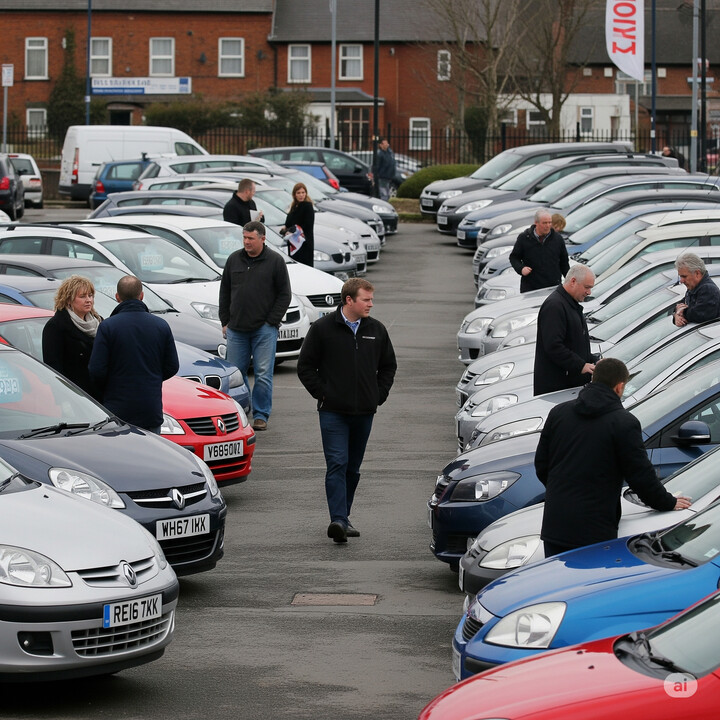
The data indicates that the majority of SMART EQ FORTWO (2020-23) vehicles have relatively low mileage, with approximately 81.9% recorded between 0 and 10,000 miles. Vehicles with mileage between 10,000 and 20,000 miles make up about 14.7%, while those with higher mileages—20,000 to 30,000 miles and 30,000 to 40,000 miles—are comparatively rare, accounting for only 2.2% and 1.3% respectively. Overall, most vehicles in this sample appear to be lightly used, which could be appealing to buyers seeking lower-mileage options.

vehicle values
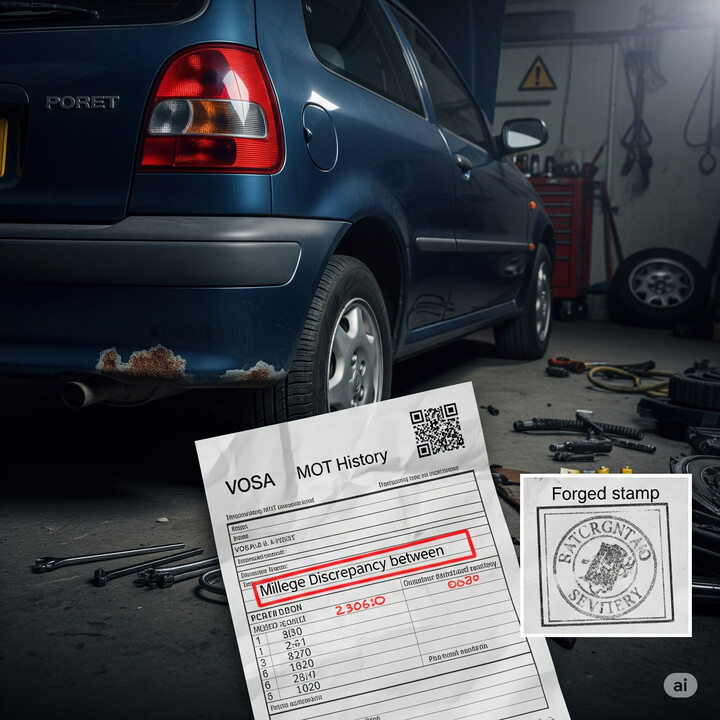
The private sale valuation data for the SMART EQ FORTWO (2020-23) indicates that most vehicles are priced within the £9,000 to £10,000 and £10,000 to £11,000 ranges, which together account for a significant proportion of the market. Notably, the percentage of vehicles valued in the higher brackets (£17,000 and above) is quite low, with only small fractions falling into the £17,000-£18,000, £18,000-£19,000, and £20,000-£21,000 ranges. This suggests that the majority of private sellers are pricing their vehicles in the mid-range, reflecting their typical market value, while only a minimal share is listed at premium prices. Overall, the data reveals a market largely centered around the £9,000 to £11,000 mark, with limited premium listings.

production years
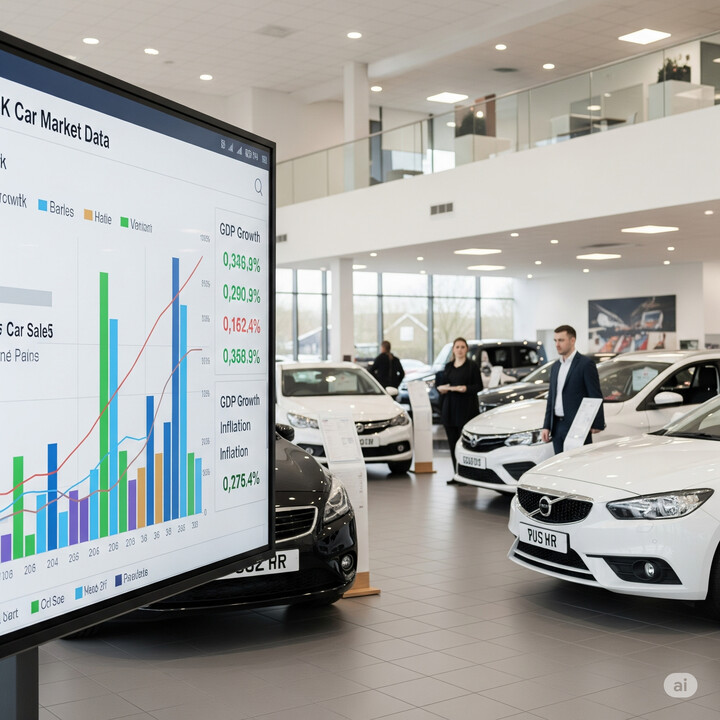
The data indicates that the majority of SMART EQ FORTWO vehicles manufactured between 2020 and 2023 are from 2021 (39.2%) and 2020 (33.6%). Vehicles from 2022 account for 20.7%, while those from 2023 are relatively few at 6.5%. This suggests that a significant proportion of these vehicles on the road are from the early part of the recent production years, with 2021 and 2020 models dominating the used market. The relatively lower percentage of 2023 vehicles likely reflects their recent release and limited depreciation or turnover.

colour popularity
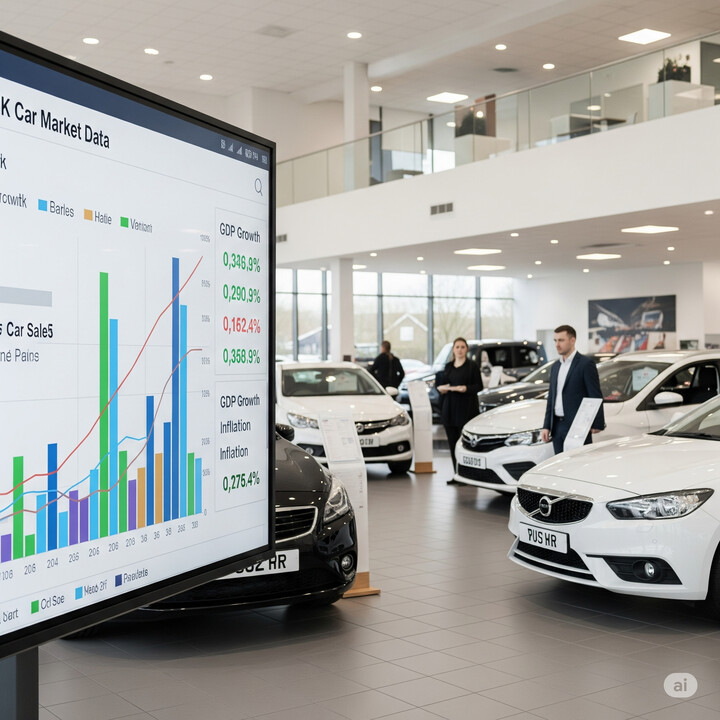
The data shows that the most common main paint colour for 'SMART EQ FORTWO (2020-23)' vehicles is black, accounting for 43.5% of the sample. White is the next most popular colour at 17.7%, followed by silver at 14.7%. Notably, a significant proportion of the vehicles feature darker or black accents, as reflected in the various black-themed combinations such as black, blue/black, red/black, and grey/black, which together suggest a preference for darker aesthetics among these vehicles. The presence of multiple two-tone colour combinations, particularly those including black, indicates that customization or contrasting paint schemes are somewhat common. Overall, black and white dominate the colour choices, with a smaller, but notable, diversity of other shades and combinations.

ownership cycle
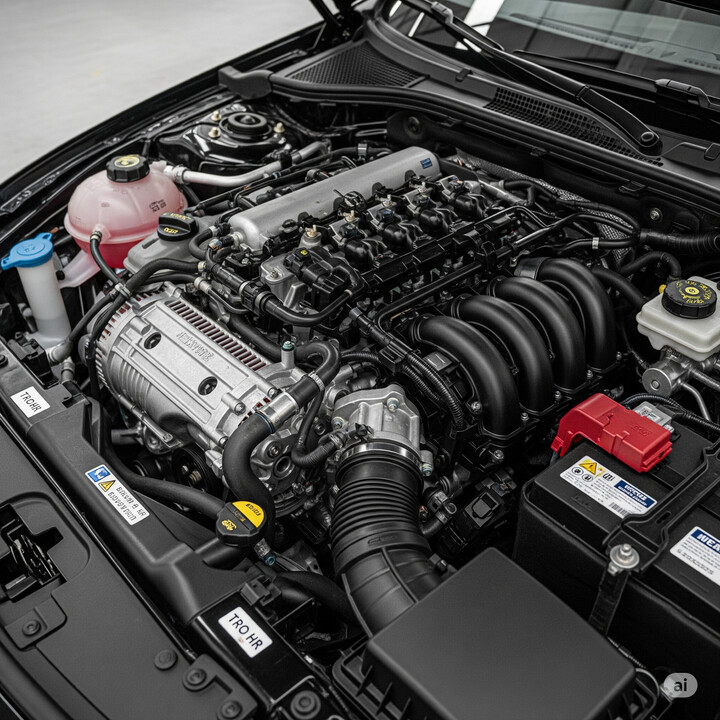
The data indicates that the majority of SMART EQ FORTWO (2020-23) vehicles have just one registered keeper, accounting for 61.6%. Two-keeper vehicles make up a significant portion as well, at 27.2%. Vehicles with three registered keepers are relatively rare at 8.6%, while only a small percentage, 2.6%, have four keepers. Overall, this suggests that most of these vehicles tend to stay with a single owner over their lifetime, reflecting stability in ownership for this model.

engine choices

The data indicates that all SMART EQ FORTWO (2020-23) vehicles in the sample are fully electric, with no information available on engine capacity. This aligns with the vehicle's electric-only design, highlighting the model's commitment to electric propulsion and zero-emission driving.












